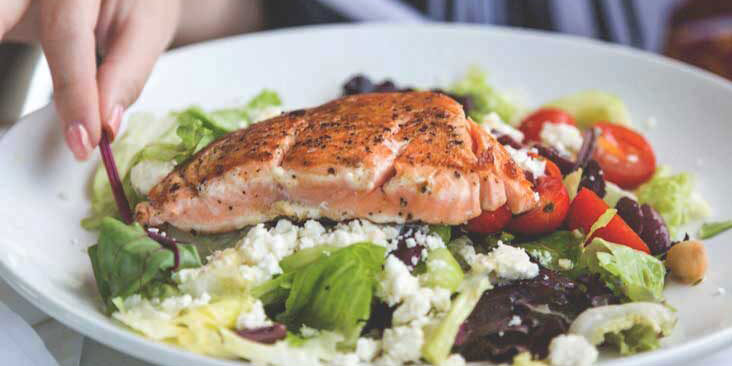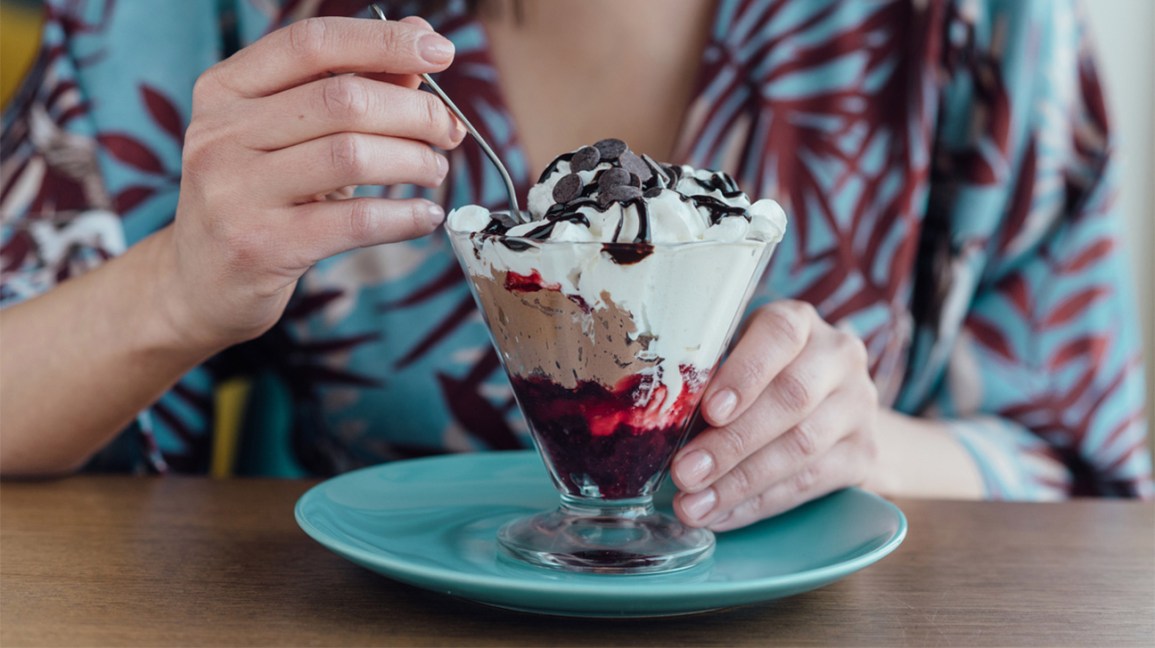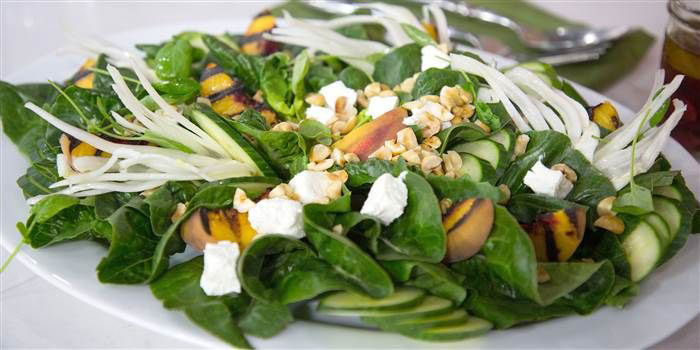
You should reevaluate what you're eating even if you believe you're healthy. Some foods present themselves as more nutritious than they are. Or they may be healthful only if you use them sparingly.
Smoothies

Vegetables and fruits are among the most nutrient-dense foods you can eat. It's important to watch what goes into your smoothie, though. It may have 1,500 calories if you fill it with fruit, drink, and protein. Throw in some fruit for some extra flavor. But focus on vegetables. Mix in some leafy greens for a boost in nutrition and health benefits without a huge calorie count. Smoothies made with baby spinach, or kale might be more easily consumed by adding a few pieces of pineapple.
Trail Mix And Granola Bars
Although granola's nutritious ingredients are obvious, the typical recipe demands a lot of fat. Clumping and sticking together are signs of an unhealthy recipe. You can make healthy granola, but keep in mind that the serving size is small.
One cup of granola typically has around 400 calories. Nuts and dried fruit, both of which are high in calories, are the same. Almonds are high in calories, with a single cup containing more than 500. In this case, a minimum amount will yield maximum results.
Bagels

Three to four servings of carbs may be found in the average bagel. Adding cream cheese can increase the calorie count to almost 400 and the salt content to 25% of the daily maximum. Calories-wise, a plain bagel is similar to a basic glazed doughnut. Donuts are less nutritious than bagels since they have twice as much sugar. However, as a healthy and versatile morning food, bagels are sometimes overlooked.
Salad And Soup
A salad and a bowl of soup are great options for a light and nutritious supper. The devil, however, is in the particulars: Soups made with many creams tend to be rather fatty.
It's also important to remember that adding croutons, cured meats, and high-fat dressing to a salad may turn it from a healthy, low-calorie lunch to something else entirely.
The other, more subtle, the problem with restaurant soups is that they tend to be quite rich in salt. Too much salt is harmful in more ways than one. Additionally, it raises the odds of developing a renal illness, stomach cancer, and a stroke.
No-Fat Meals
Cheese and other dairy products prepared with skim milk rather than whole milk are good examples of healthier fat-free meals. However, fat-free meals are typically made with sugar or high-fructose corn syrup to increase their shelf life. It's a waste of calories to do so. Although many avoid it out of fear, lipids can be beneficial when consumed in moderation. Monounsaturated fats are the best option, such as those found in nuts and seafood.
Vegan Burgers
Think about the protein source in that processed veggie "burger" or "hot dog." It's common for these items to include several artificial ingredients. On the other hand, if they consume improper proteins, vegetarians and vegans might gain weight. Where should you start looking? Reduced number of constituents. The higher the dish's quality, the more ingredients you can identify.
Snacks In 100-Calorie Packages
People who struggle to maintain a healthy weight might benefit from purchasing single-serve snack packs. Contrary to popular belief, these munchies do not provide a healthy amount of calories. Doing it yourself is a far better option.
If you must have anything, I recommend a banana or a carton of Greek yogurt. Alternatively, you can prepare your individual-sized bags of nuts. You will experience a different increase and subsequent decline in blood sugar levels if you eat a package of small cookies that contain only 100 calories.
Dried Fruit
Dried fruits are fresh fruits that have had the water removed to make them more suitable for storage. That said, dried fruit has five to eight times more sugar and calories per cup than fresh fruit. For some context, consider the following. Fresh grapes are only 60 calories per cup, whereas raisins have a staggering 460 calories per cup.
Chocolate
If you don't consume too much of it, the polyphenols in dark chocolate can help prevent illness and possibly aid in weight reduction. Dark chocolate has 155 calories and 9 grams of fat, with 5 grams being saturated per ounce.
Packaged Gluten-Free Food
Avoiding wheat, barley, and rye is essential for the health of those who are gluten intolerant. However, not all gluten-free options are healthy. Gluten-free packaged goods typically use higher-calorie cornstarch and brown rice flour instead of ordinary flour.



